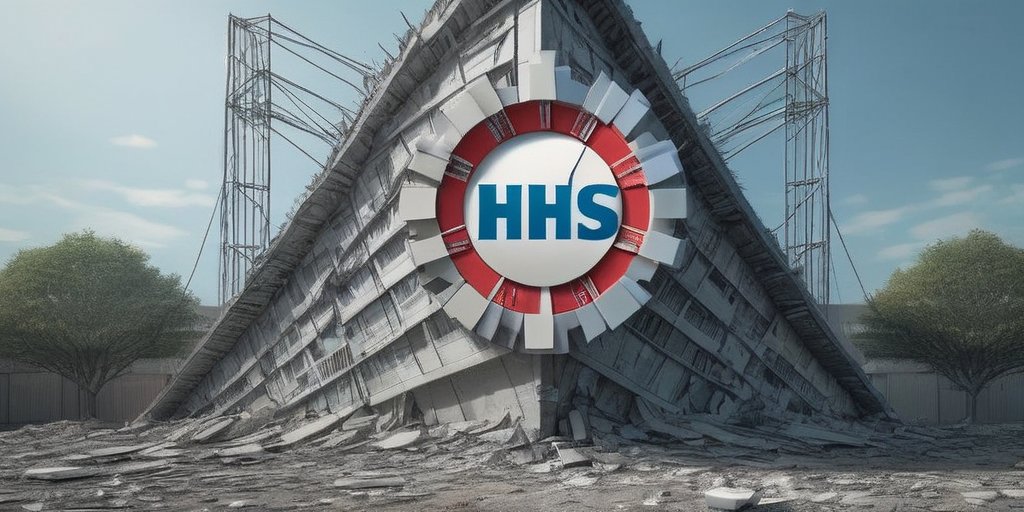In a sweeping move signaling a significant shift in public health strategy, the Trump administration announced the reduction of 10,000 full-time employees across health agencies as part of a drastic workforce restructuring within the Department of Health and Human Services (HHS). According to HHS, this cut, alongside previous voluntary departures, will shrink the department’s workforce from approximately 82,000 to 62,000 employees.
The decision marks a controversial pivot away from the extensive federal support initiated during the Covid-19 pandemic. Local and state health departments expressed being caught off guard by abrupt cuts to federal grants, which many believed were crucial for maintaining public health operations. HHS indicated that the goal of these reductions is to streamline operations by consolidating 28 divisions into just 15, including the formation of a new Administration for a Healthy America. This newly minted administration is expected to focus on combating chronic illnesses through safe food, clean water, and environmental health initiatives.
HHS Secretary Robert F. Kennedy Jr. emphasized that these decisions, while painful, are intended to re-align the organization with its core mission of improving health outcomes while saving taxpayers an estimated $1.8 billion annually. “We are not just cutting bureaucracy; we are enhancing the efficiency of HHS,” Kennedy stated in a press release. However, experts have warned that sustaining essential health services amidst such sweeping cuts may be an uphill battle, posing serious challenges to state and local health agencies already strained by current workloads and funding reductions.
Industry analysts express skepticism regarding the effectiveness of these cuts. Brian Castrucci, CEO of the de Beaumont Foundation, likened the process of budget cuts to family financial dilemmas, questioning the long-term impact on public health services. “It’s not just about trimming costs; we are potentially endangering public health,” Castrucci noted. This sentiment was echoed by numerous public health leaders who cautioned that job losses could deteriorate care standards and compromise the quality of health services available to citizens, particularly the most vulnerable populations.
HHS’s commitment to maintaining Medicare and Medicaid services amid restructuring has been smudged by rising fears over potential service reductions. The cuts have drawn sharp criticism from lawmakers, health advocates, and unions, leading many to speculate about the future efficacy of the federal health agencies. The National Treasury Employees Union has labeled the plan “disastrous,” arguing that it threatens essential local health programs and undermines national health priorities.
As detailed plans for the new organizational structure are finalized, it remains uncertain how these changes will affect everyday American citizens and the overall health infrastructure of the nation. “Cutting back on federal health services undermines decades of progress towards accessible and effective healthcare for all,” stated Dr. Stella Dantas, ACOG president. Public health experts worry that such foundational shifts could reverse many healthy trends seen in America, hinder progress on chronic diseases, and increase healthcare disparities.
As employees brace for notifications expected to be sent as early as Friday, the HHS faces the daunting task of overhauling its operations while ensuring that minimal disruption occurs during this transitional period. The road ahead is steep, and many question if the vision of a healthier America can be maintained under such severe constraints.
